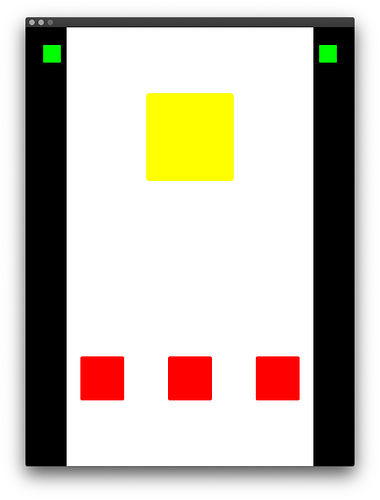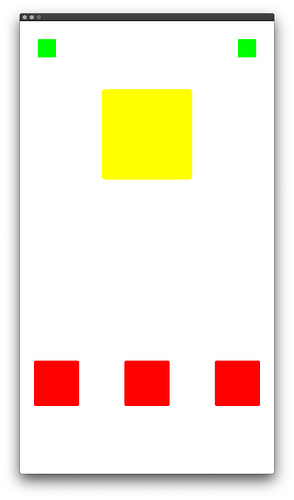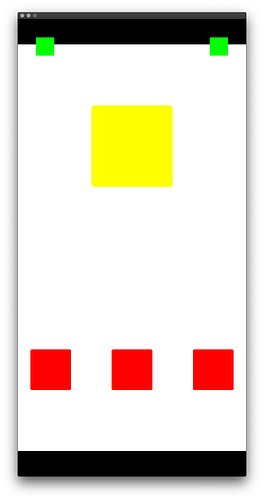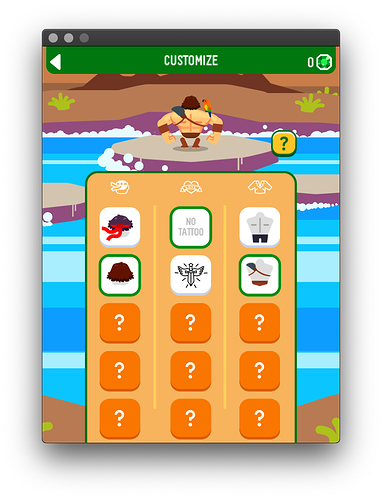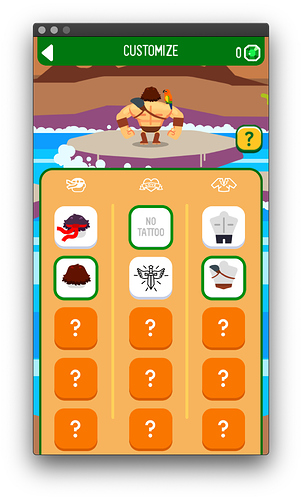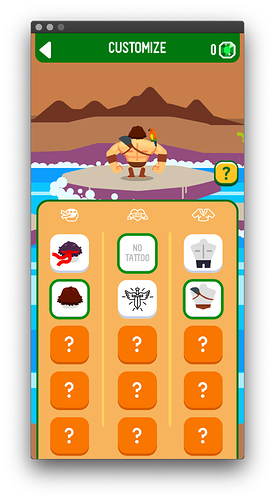– TL; DR; –
- Possibly a cool lib lives here.
- Would love to hear your thoughts.
- Feel free to use and break in any way.
- Sorry for the long post.
– BEGIN OF SHAMEFUL SELF PROMOTION –
Hey all, big announcment for me personally. I’d like to share with the community my library that I’ve been using and constatly updating to fit my workflow when working with cocos2d-x. It’s 2+ years in the making (though not that big) and I finally feel it’s ready to be shared. It’s a great addition to basic cocos2d-x functionality that really improves speed and quality.
Main attractions:
- Highly powerful and customizable button.
- Easy to use and highly extendable scroll objects with collection and pages extension already inside.
- Screen logger to actually see your logs when the console is bloated with SDK logs.
- Multi resolution support implementation (will go in detail below).
- Remote server time manager for those in-game chests and timers.
- Spine animation cache (think CCTextureCache).
- A secure data type to combat memory sniffing and value updating.
- Custom encryption that’s very fast and scares 99% of save file “hackers” (pro tip: that 1% does not matter).
- Definition based node (sprites, labes, buttons etc.) creation for those reusable UI positioning situations.
- Key-Value store in JSON format with built in encryption (think CCUserData).
- Unlockable item manager to easily manage in game content such as character skins and so on.
- And many more general purpose functions for everyday game development tasks.
Fell free to use it and break however you want. Would love to hear you thoughts!
lib: here
Tests and examples: here
To use the lib, simply clone or add as a submodule to you project and that’s it. It doesn’t have any dependancies other than cocos2d-x itself.
If you get a compilation error try adding these lines to Size class in CCGeometry.h
float& w = width;
float& h = height;
– END OF SHAMEFUL SELF PROMOTION –
Here I’ll go into a bit more detail about the multi resolution support solution that I’ve come up. Would love to hear the thoughts of cocos2d-x team and you @slackmoehrle.
Differently that what cocos2d-x provides out of the box my approach focuses on aspect ratio, rather then design resolution, even though I have that as well. What I mean by that is that I always have a specific aspect ratio node inside all of my scenes and layers that follow the design aspect ratio. It usually is 16:9.
Now the main takeaway from that is that every scene or layer inside my game essentially has two layers inside. One that covers the whole screen and one that follows the design. And using them together I can gain better results because in reality not all objects inside our games need to follow the design resolution.
Take the following examples from the test project above:
- The
WHITEarea is the design aspect ratio. - The
YELLOWandREDobjects symbolize nodes that follow the deisgn. Imagine theYELLOWas a logo of some sort and theREDobjects to be main game buttons. - The
GREENobjects symbolize nodes that are usually coins or settings in many games.
In these 3 screens I’ve used these aspect ratios as examples: 4:3(iPad), 16:9(normal), 18:9(iPhoneX);
Notice that the YELLOW and RED objects always follow the WHITE area and are completely in sync in all of these screens. But the main take-away is that we can allow for objects such as GREEN ones to “leave” the design and be attached to corners where they look much better in mobile games rather then being stuck in arbitrary places bound by the design resolution.
It goes without saying that this example is very simplistic and it has more uses than just having coins in the top corner.
EDIT: Attaching some real world examples from one of my apps to better illustrate the point. The same aspect ratio resolutions were useed in these as well.
– Cheers
